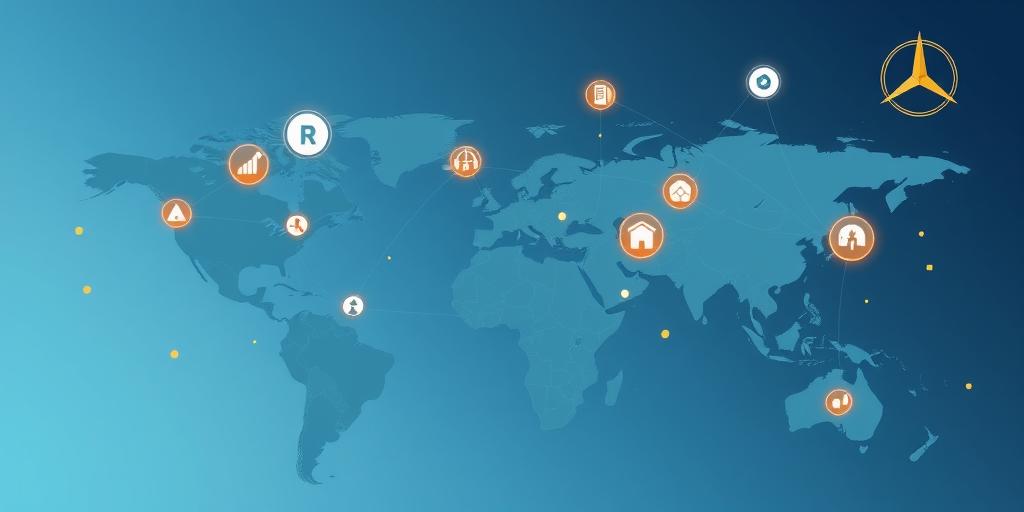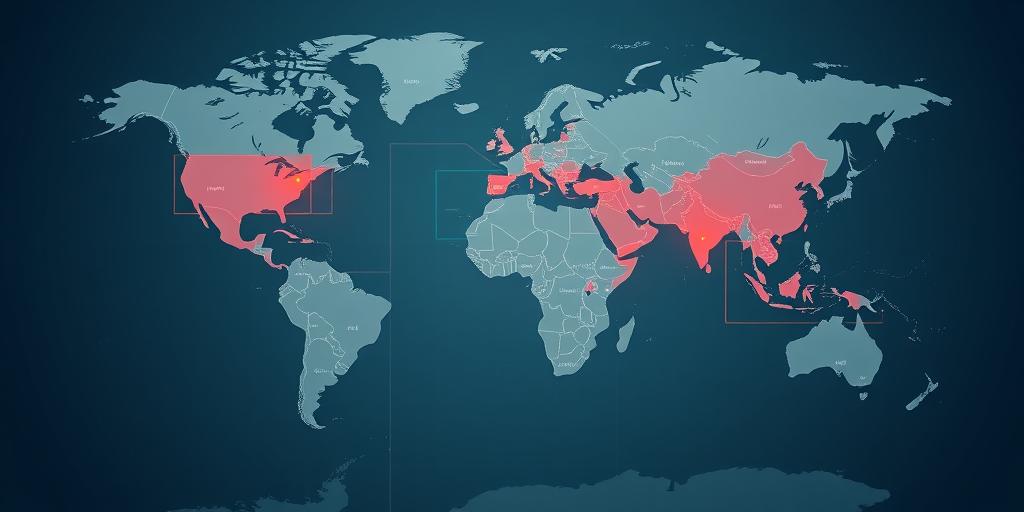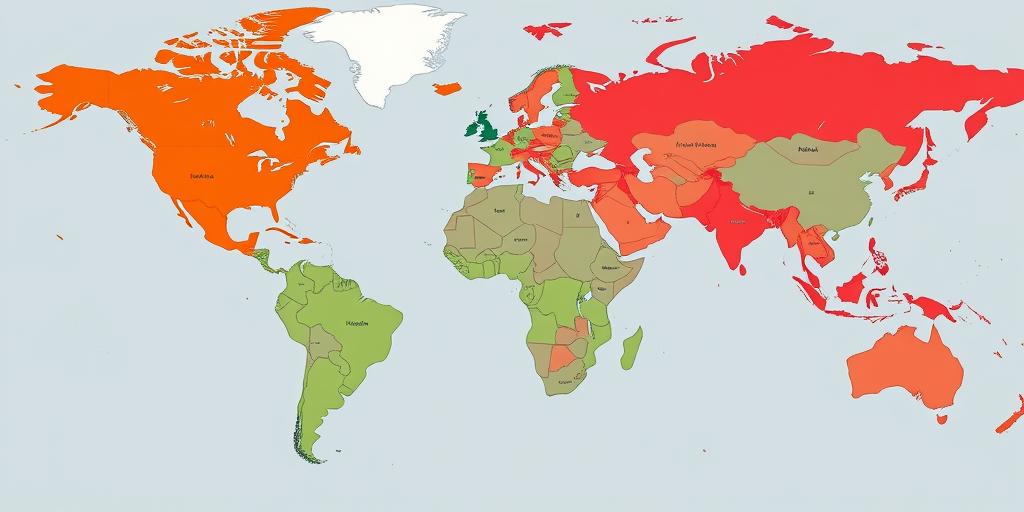
Technology's Role in Monitoring Border Disputes
Technology's Role in Monitoring Border Disputes
Border disputes are a persistent feature of international relations, often fraught with tension and the potential for conflict. In today's interconnected world, technology plays an increasingly crucial role in monitoring these contested areas, providing valuable data and insights that can aid in conflict prevention and resolution.
Satellite Imagery and Remote Sensing
Satellite imagery has revolutionized the monitoring of border regions. High-resolution satellites can capture detailed images of border areas, detecting changes in infrastructure, troop movements, and environmental conditions. Remote sensing technologies, such as LiDAR and radar, provide additional layers of data, enabling the creation of accurate topographical maps and the identification of potential hazards.
- Benefits: Wide-area coverage, high-resolution imagery, ability to detect changes over time.
- Limitations: Cost, dependence on weather conditions, potential for manipulation.
Unmanned Aerial Vehicles (UAVs)
UAVs, also known as drones, offer a flexible and cost-effective solution for border monitoring. Equipped with cameras, sensors, and communication equipment, UAVs can patrol border areas, collect data, and transmit information in real-time. They can also be used to monitor illegal activities, such as smuggling and human trafficking.
- Benefits: Real-time monitoring, flexibility, cost-effectiveness.
- Limitations: Limited range, dependence on weather conditions, potential for misuse.
Ground-Based Sensors
Ground-based sensors provide localized monitoring capabilities. These sensors can detect various types of activity, such as movement, noise, and vibrations. They can be deployed in remote areas and integrated with other monitoring systems to provide a comprehensive picture of border activity.
- Benefits: Localized monitoring, ability to detect specific types of activity, integration with other systems.
- Limitations: Limited range, vulnerability to tampering, dependence on power supply.
Data Analytics and Artificial Intelligence
Data analytics and artificial intelligence (AI) are used to process and analyze the vast amounts of data generated by border monitoring technologies. AI algorithms can identify patterns, anomalies, and potential threats, providing valuable insights to border security personnel. Data analytics can also be used to assess the effectiveness of border security measures and optimize resource allocation.
- Benefits: Improved situational awareness, enhanced decision-making, optimized resource allocation.
- Limitations: Dependence on data quality, potential for bias, ethical concerns.
Communication and Coordination
Effective communication and coordination are essential for border monitoring. Technology facilitates communication between different agencies and organizations involved in border security. Secure communication networks enable the sharing of information, the coordination of operations, and the rapid response to emergencies.
- Benefits: Improved coordination, enhanced communication, faster response times.
- Limitations: Dependence on network infrastructure, potential for cyberattacks, interoperability issues.
Conclusion
Technology plays a vital role in monitoring border disputes, providing valuable data and insights that can aid in conflict prevention and resolution. Satellite imagery, UAVs, ground-based sensors, data analytics, and communication technologies all contribute to a more comprehensive and effective approach to border security. As technology continues to evolve, its role in monitoring border disputes will only become more important.




